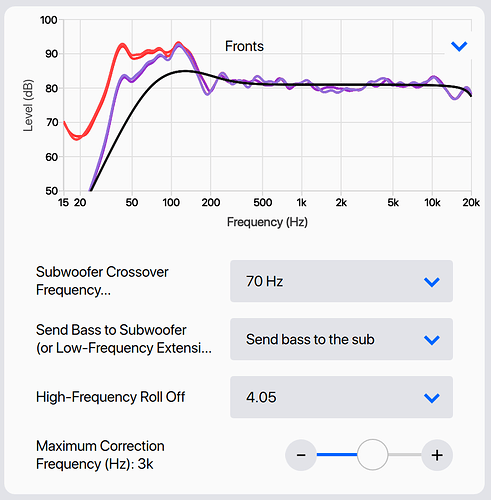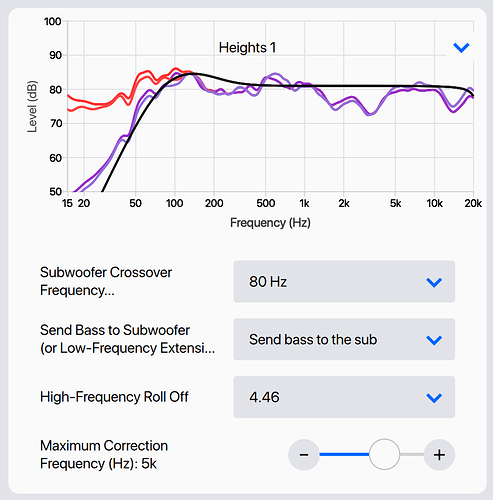I too was in the “purist” camp until recently when I did more research on acoustics and the influence of room. The science is rather straight forward once you grasp the fundamentals but the challenges to correct is not.
From my learnings, the highs are easier to address using room treatment and typically you can bypass the software. The more challenging part is usually the mid and lower registers.
I had the Yammy before the Anthem and I basically bypass YPAO. I manually tune using the parametric EQ and never reach any point of satisfaction.
My thoughts are as follows:
Looking at the reproduction chain;
Source >> Processor >> Amplification >> Speaker >> Room >> Ears
Every component plays a part and has it’s weaknesses and we cannot assume they are the same for everyone or in every instance.
Source - we need to try as many different permutation as possible. One song or movie may sound good given a configuration, but often I find it messed up another song/movie if it is not “neutral” aka flat.
Processor - this one a bit difficult to experiment as it’s a luxury to be able to try before you buy. I would recommend one that has many options/parameters to play around. This gives flexibility and a higher possibility to adapt to a wider spectrum of use cases.
I will skip amplification - it is quite straight forward I feel.
Speaker are design and voiced in anechoic chamber.
Music and movies are mastered in well treated studios.
So it does makes a lot of sense to have a suitably treated room if one wishes to experience as close as what the artist or director intended.
Ear - often we assume everyone has the same level of aural sensitivity. As we age we lose the ability to hear higher octave and some lower octave. So when we bump up the highs and lows, I feel this is likely where we compensate for our physical deficiencies. Also it is a matter of taste esp when it comes to base.
My approach now is - fix what I can with respect to the room.
Use REW to see where potential issues are (ie bumps and dips).
Use ARC to get a ref flat response.
Finally apply own curve to suit my taste.
The above process/principle should work for everyone, the final results though will never be the same as every room/person are different.

